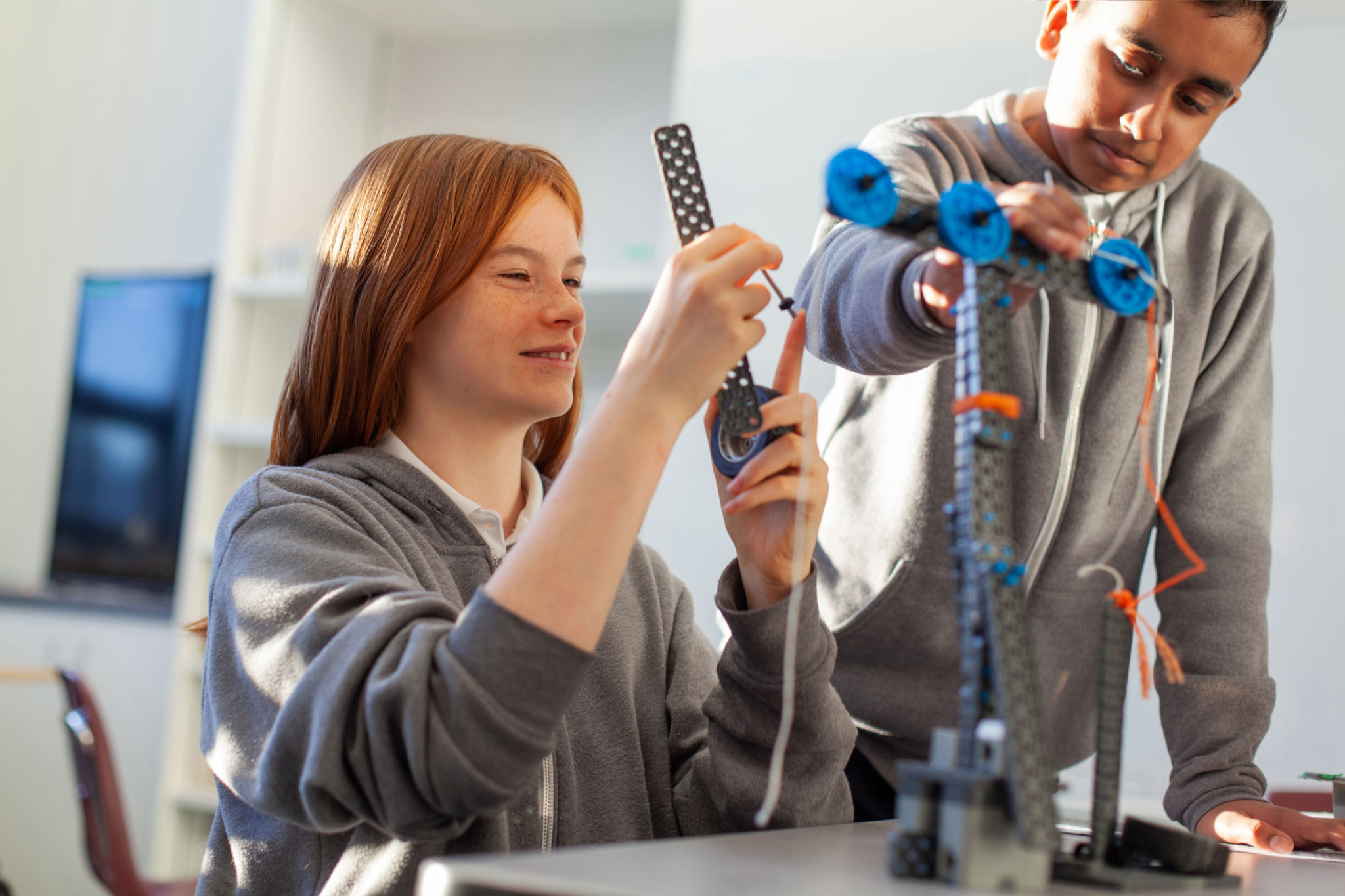Creative Learning Spaces: How Environment Impacts Education
The Importance of Creative Learning Spaces
In recent years, the concept of creative learning spaces has gained significant attention in the educational field. These spaces are designed to foster inspiration and enhance the learning experience by adapting to the diverse needs of students. By moving away from traditional classroom settings, educators can create environments that encourage collaboration, innovation, and critical thinking.

The Role of Environment in Education
The environment plays a crucial role in education, influencing both student engagement and academic performance. A well-designed learning space can stimulate curiosity and motivation, making students more eager to participate in educational activities. Moreover, these spaces can cater to different learning styles, ensuring that each student can thrive in their own unique way.
Factors such as lighting, color, furniture arrangement, and access to technology can significantly impact a student's ability to concentrate and absorb information. When these elements are thoughtfully integrated, they create a setting that supports a range of learning activities, from individual study to group projects.
Design Elements that Enhance Learning
Several design elements can transform a standard classroom into an innovative learning hub. Here are some key components to consider:
- Flexible Seating: Offering various seating options allows students to choose what works best for their learning style, promoting comfort and focus.
- Interactive Technology: Incorporating digital tools such as tablets and smartboards can enhance engagement and provide access to a wealth of resources.
- Natural Light: Ample natural light has been shown to improve mood and concentration levels, making it a critical element in any learning space.

Creating Spaces for Collaboration
Collaboration is a key component of modern education, preparing students for the teamwork required in the workplace. Creative learning spaces that encourage interaction among students can lead to more dynamic and effective group work. Arranging desks in clusters or circles rather than rows promotes communication and helps build a sense of community within the classroom.
Furthermore, incorporating breakout areas or designated zones for group activities allows students to move freely and engage in hands-on projects without disrupting others. This flexibility supports active learning and fosters a sense of ownership over the educational process.
Impact on Student Well-being
A positive learning environment not only boosts academic achievement but also contributes to student well-being. When students feel comfortable and valued in their surroundings, they are more likely to experience reduced stress levels and increased motivation. This holistic approach to education ensures that students are supported both academically and emotionally.

The Future of Learning Spaces
As educational practices continue to evolve, so too will the design of learning spaces. Future classrooms may incorporate even more advanced technologies, such as virtual reality or AI-driven tools, offering new possibilities for personalized learning experiences. The emphasis will increasingly be on creating adaptable environments that can respond to the ever-changing needs of students.
By prioritizing creative learning spaces, educators can equip students with the skills necessary to thrive in an unpredictable world. As we continue to explore the relationship between environment and education, it becomes clear that thoughtful design is not just an enhancement, but an essential component of effective teaching and learning.
